Siphonophorae (from Greek siphōn 'tube' + pherein 'to bear') is an order of Hydrozoans, a class of marine organisms belonging to the phylum Cnidaria. According to the World Register of Marine Species, the order contains 175 species.
Although a siphonophore may appear to be an individual organism, each specimen is in fact a colonial organism composed of medusoid and polypoid zooids that are morphologically and functionally specialized. Zooids are multicellular units that develop from a single fertilized egg and combine to create functional colonies able to reproduce, digest, float, maintain body positioning, and use jet propulsion to move. Most colonies are long, thin, transparent floaters living in the pelagic zone.
Like other hydrozoans, some siphonophores emit light to attract and attack prey. While many sea animals produce blue and green bioluminescence, a siphonophore was only the second life form found to produce a red light (the first one being the scaleless dragonfish Chirostomias pliopterus).
Tuesday, June 8, 2021
🔭 Haeckel Siphonophorae. Siphonophorae is an order of Hydrozoans, a class of marine organisms belonging to the phylum Cnidaria 🧑🔬
Subscribe to:
Post Comments (Atom)


































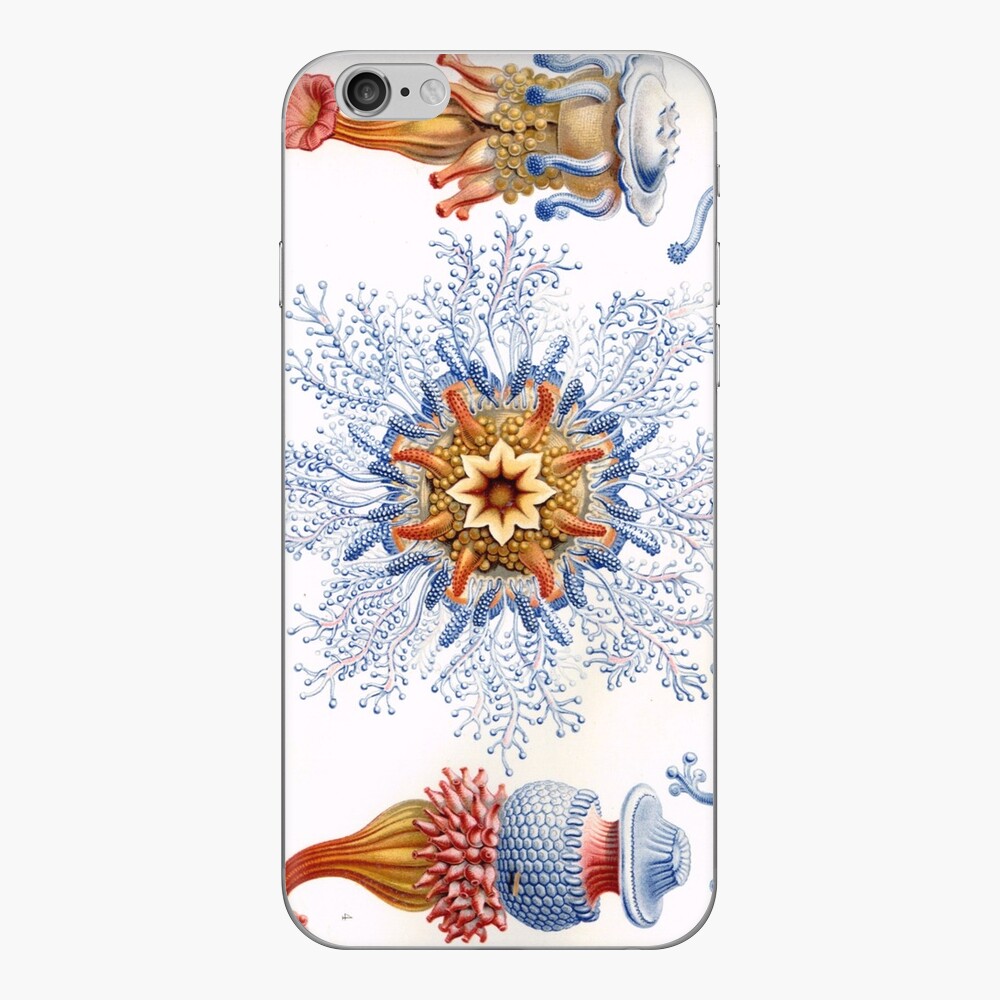




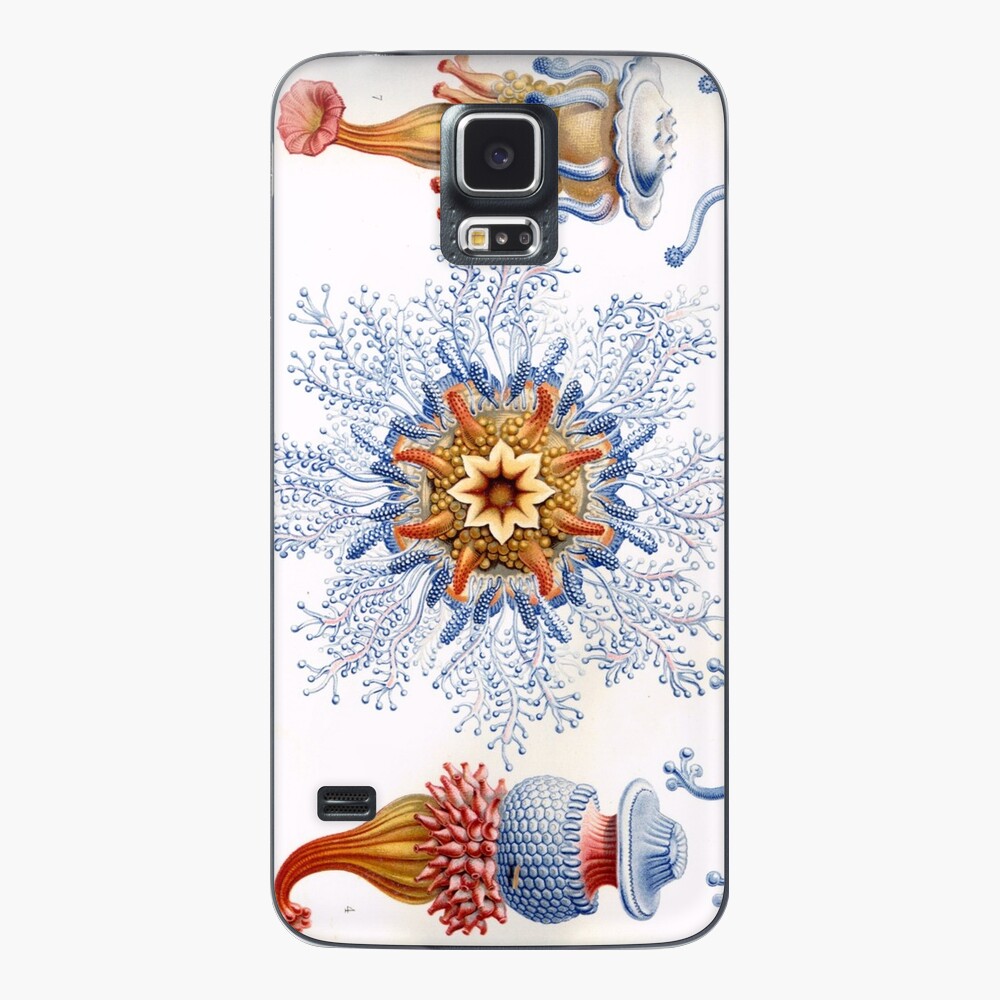

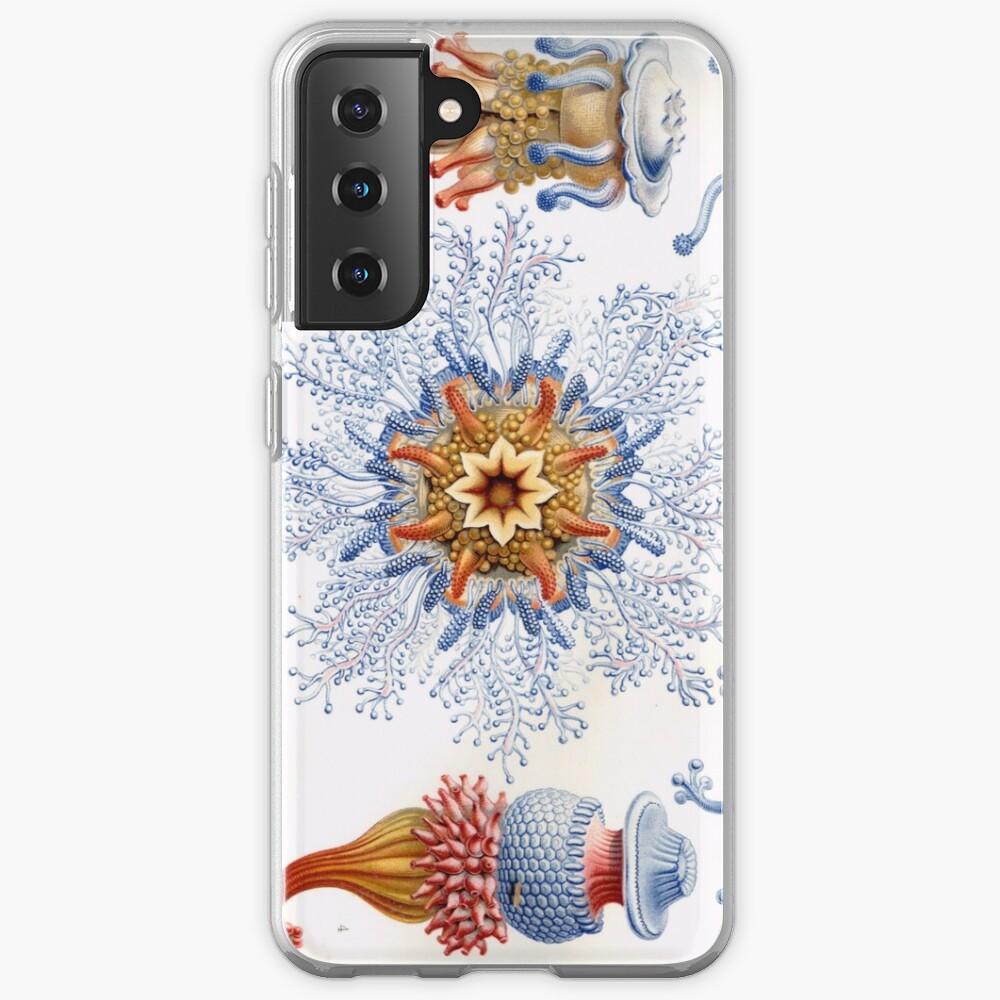


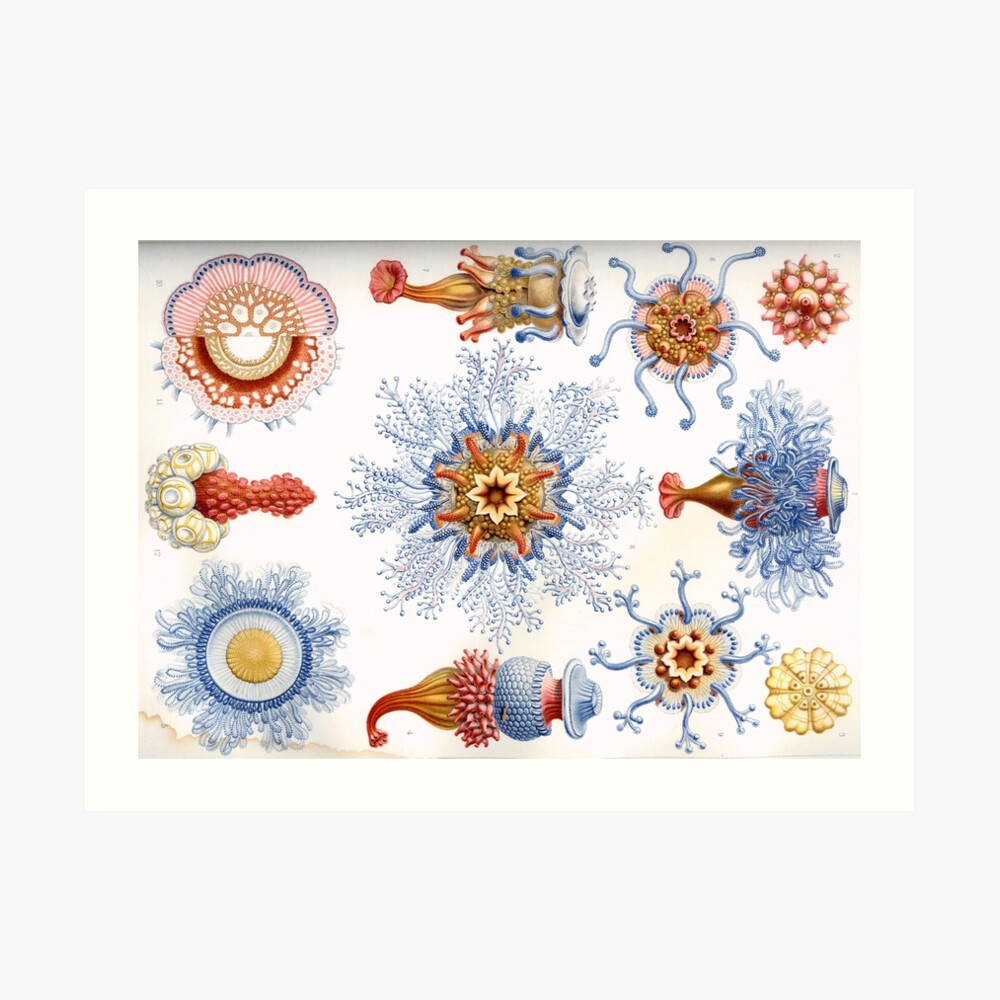


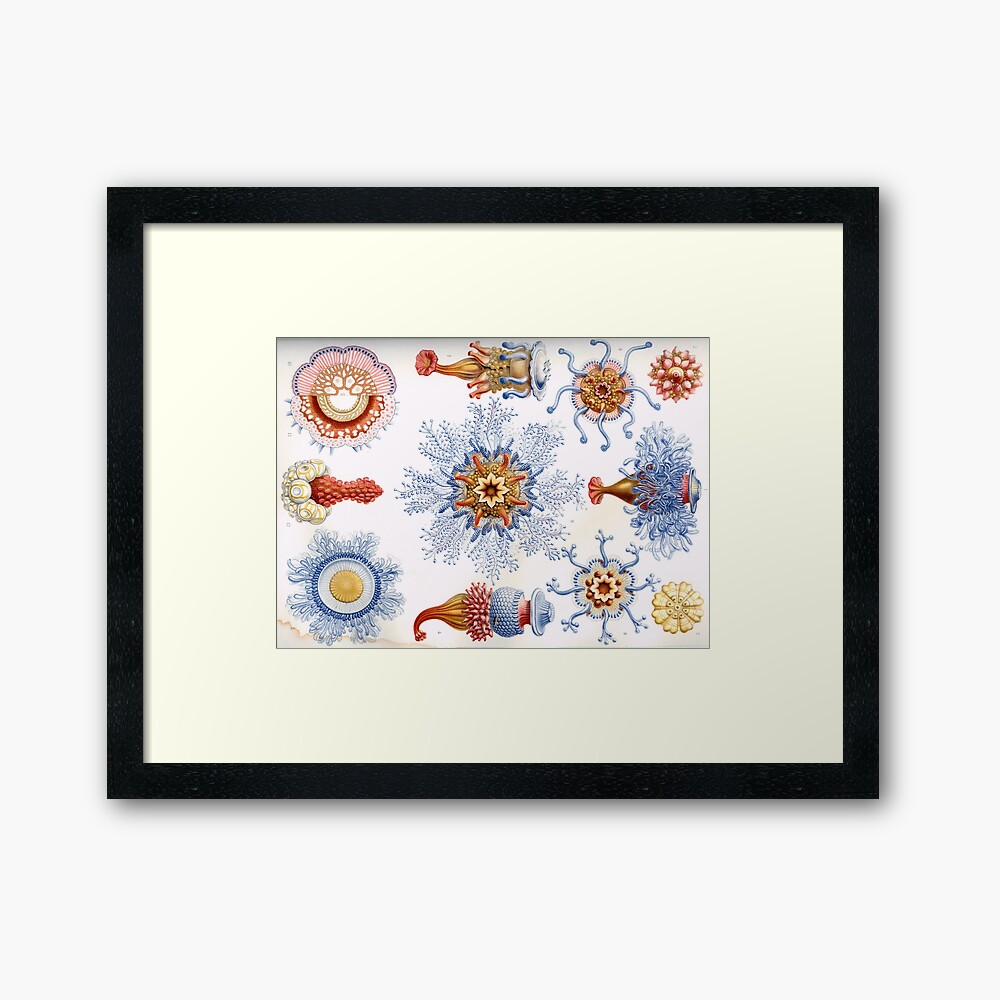
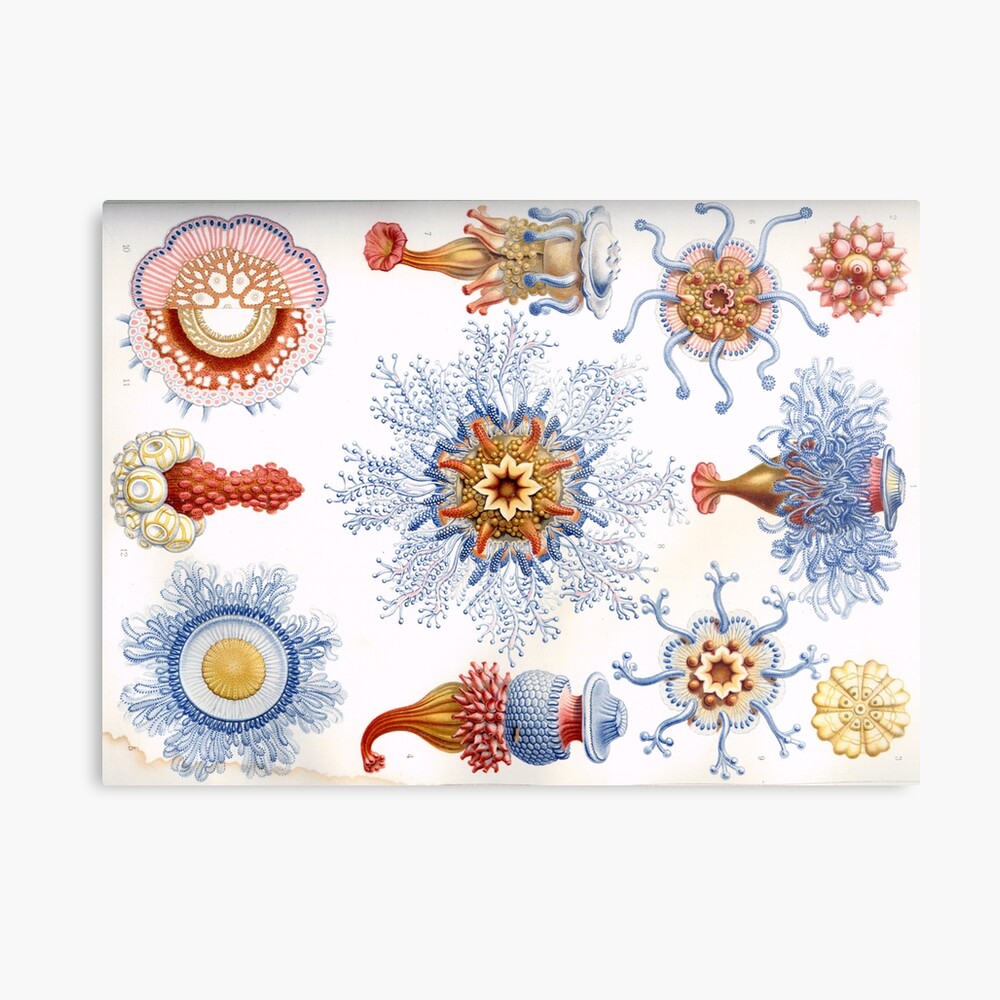
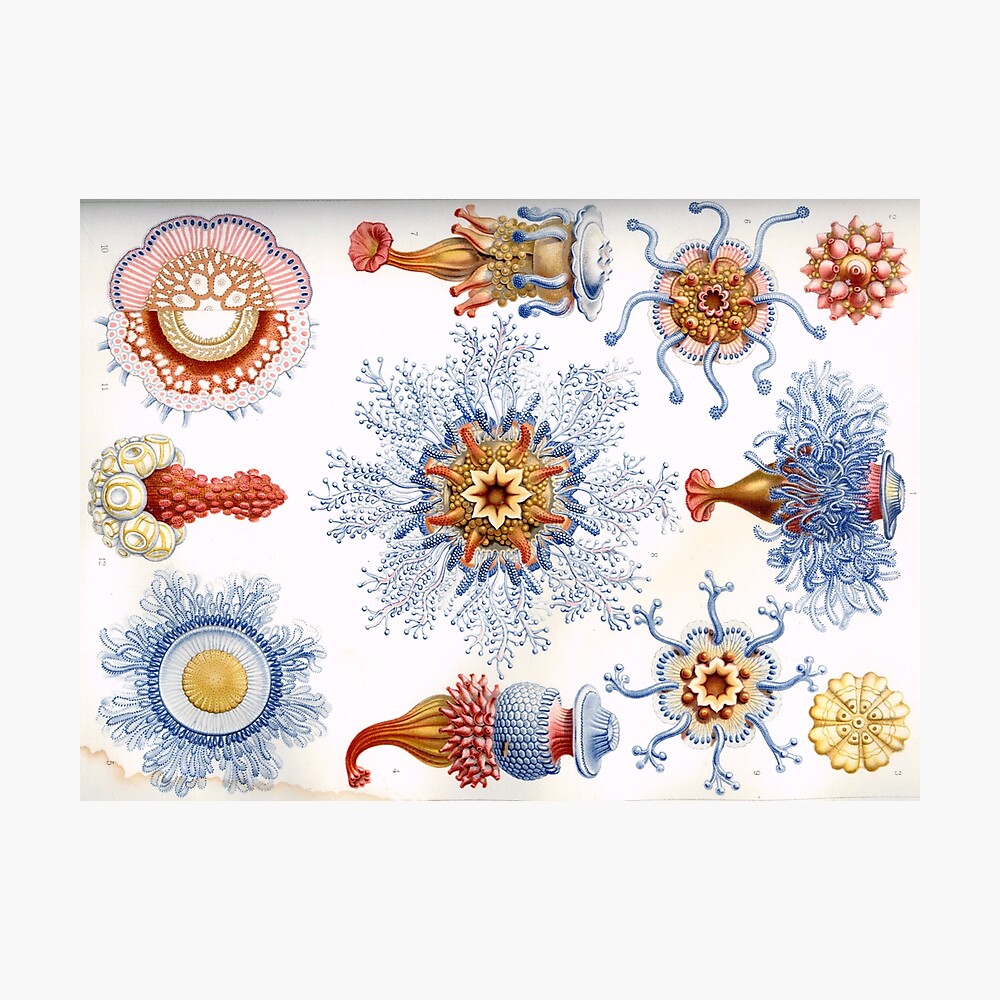

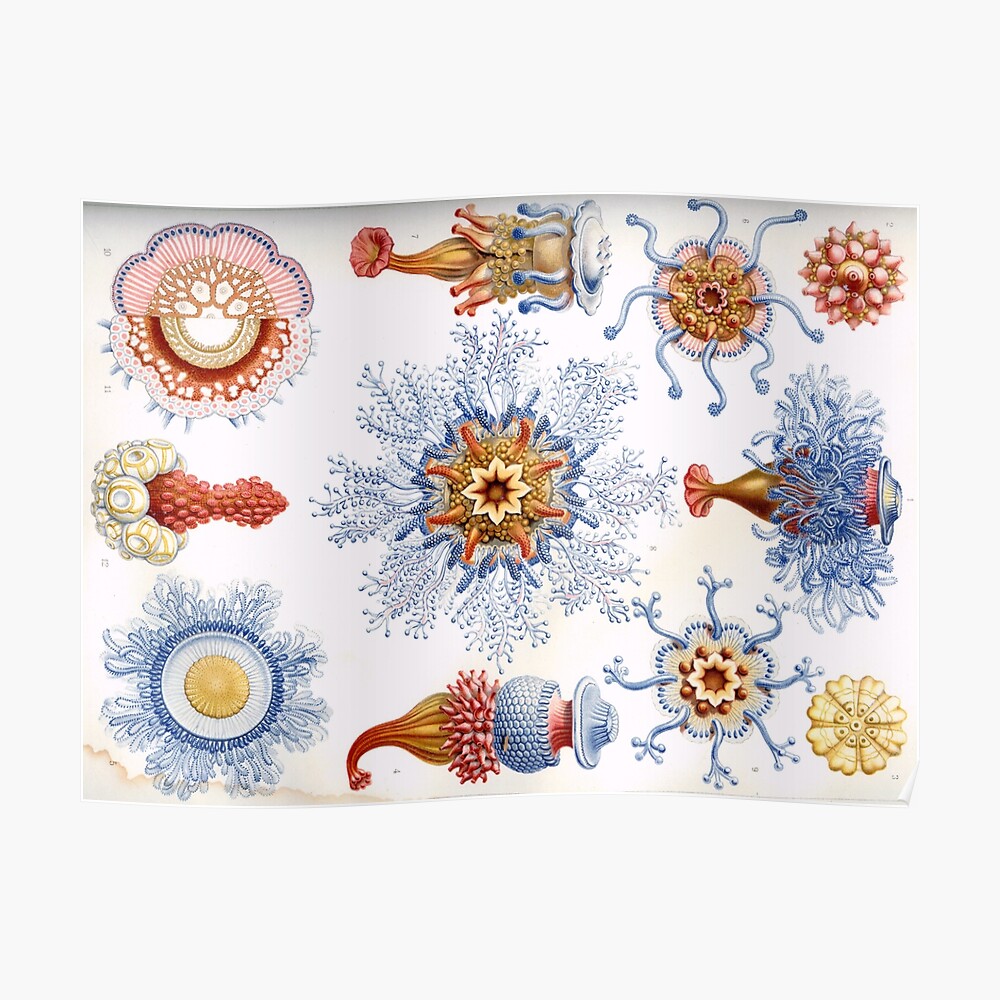
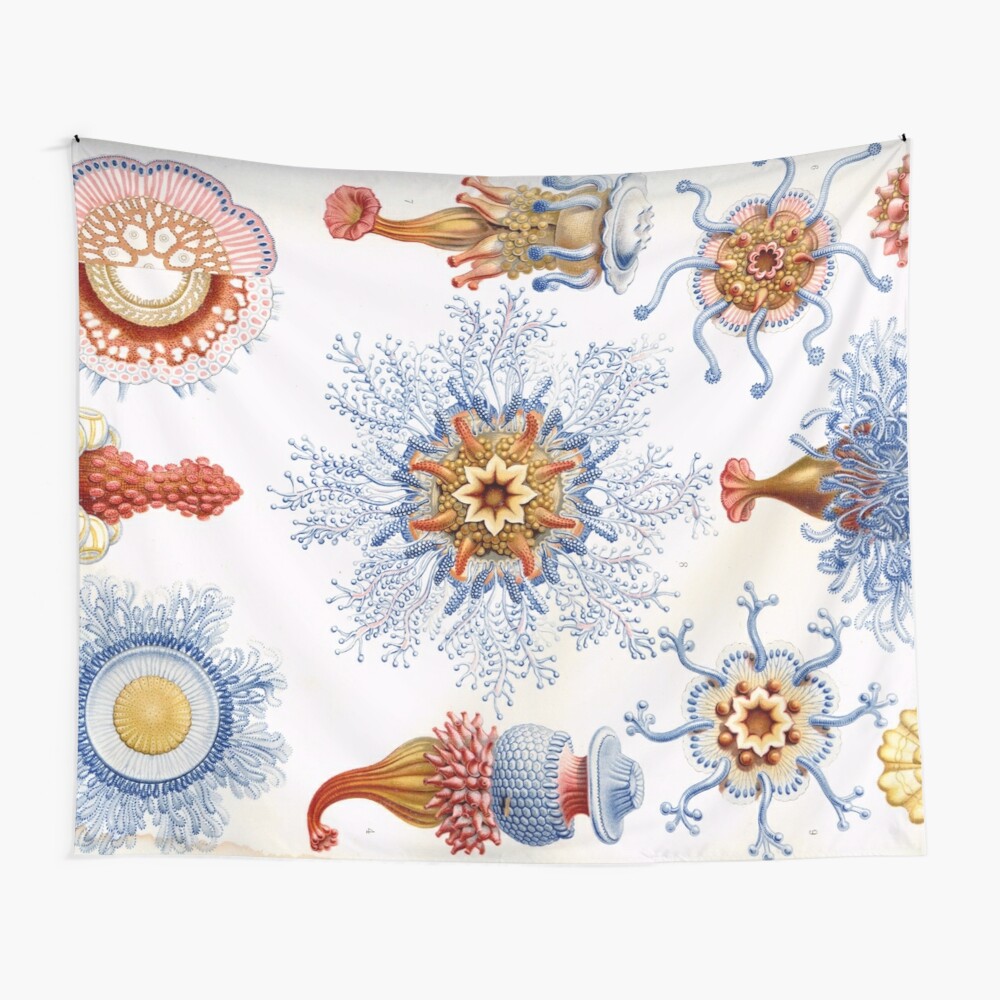






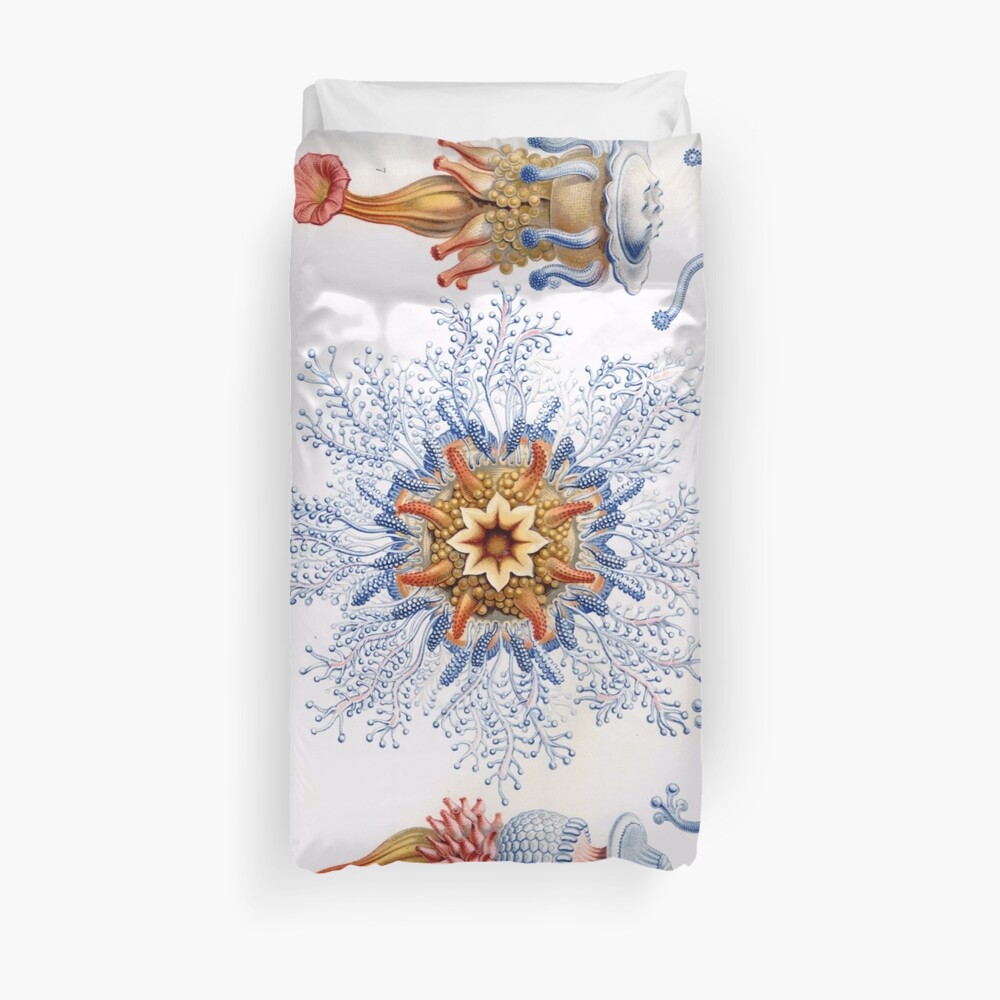






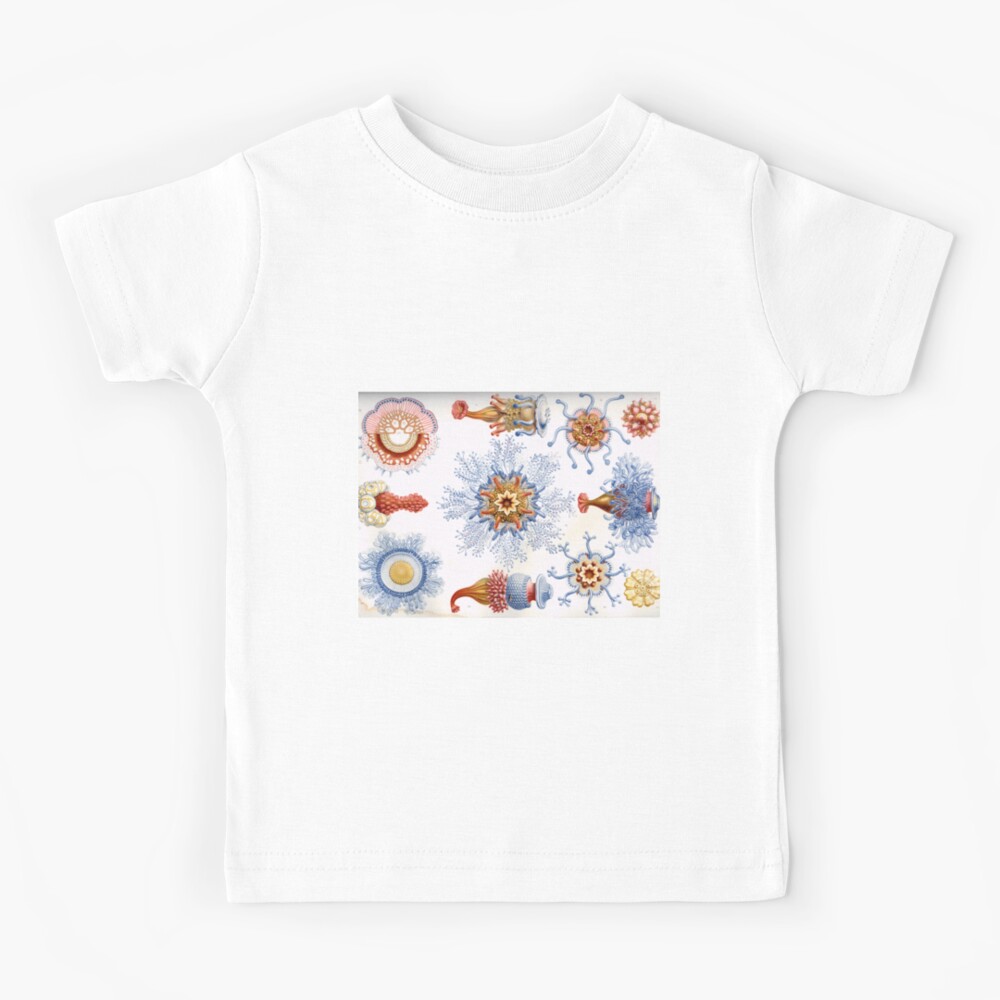
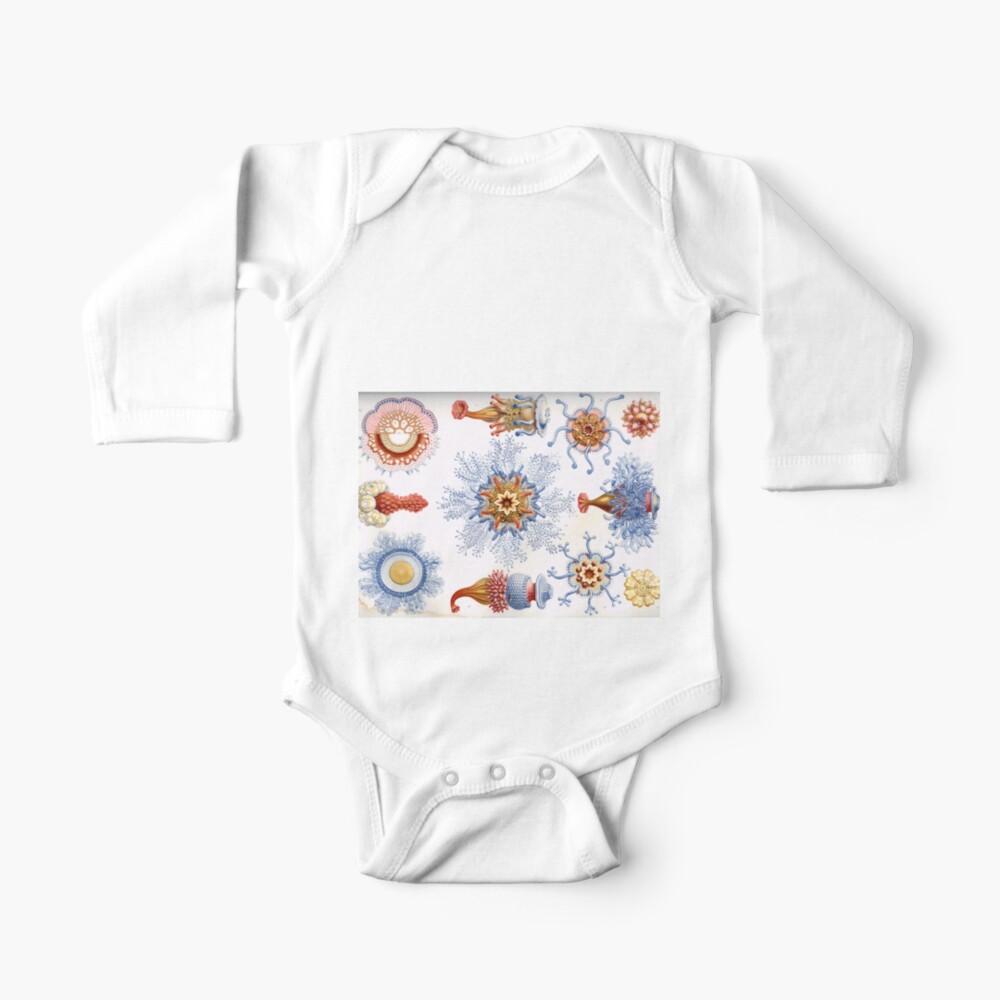
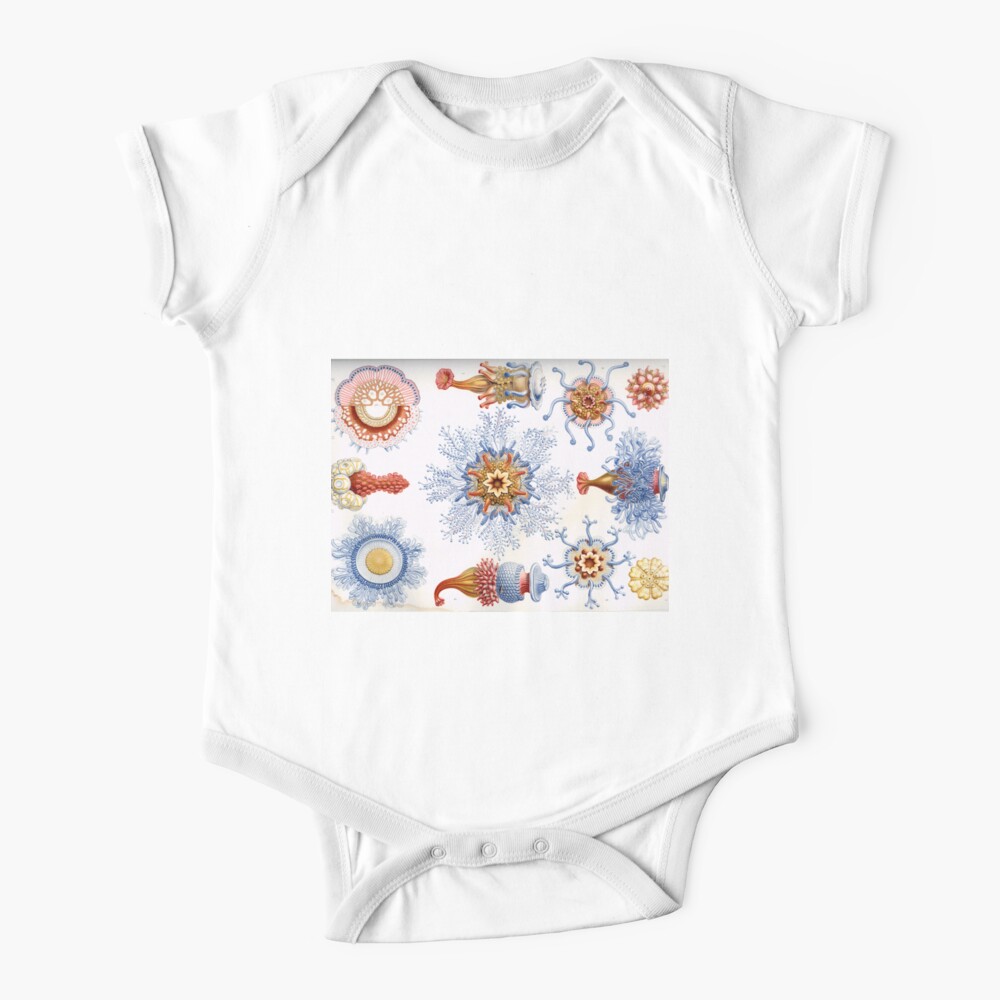
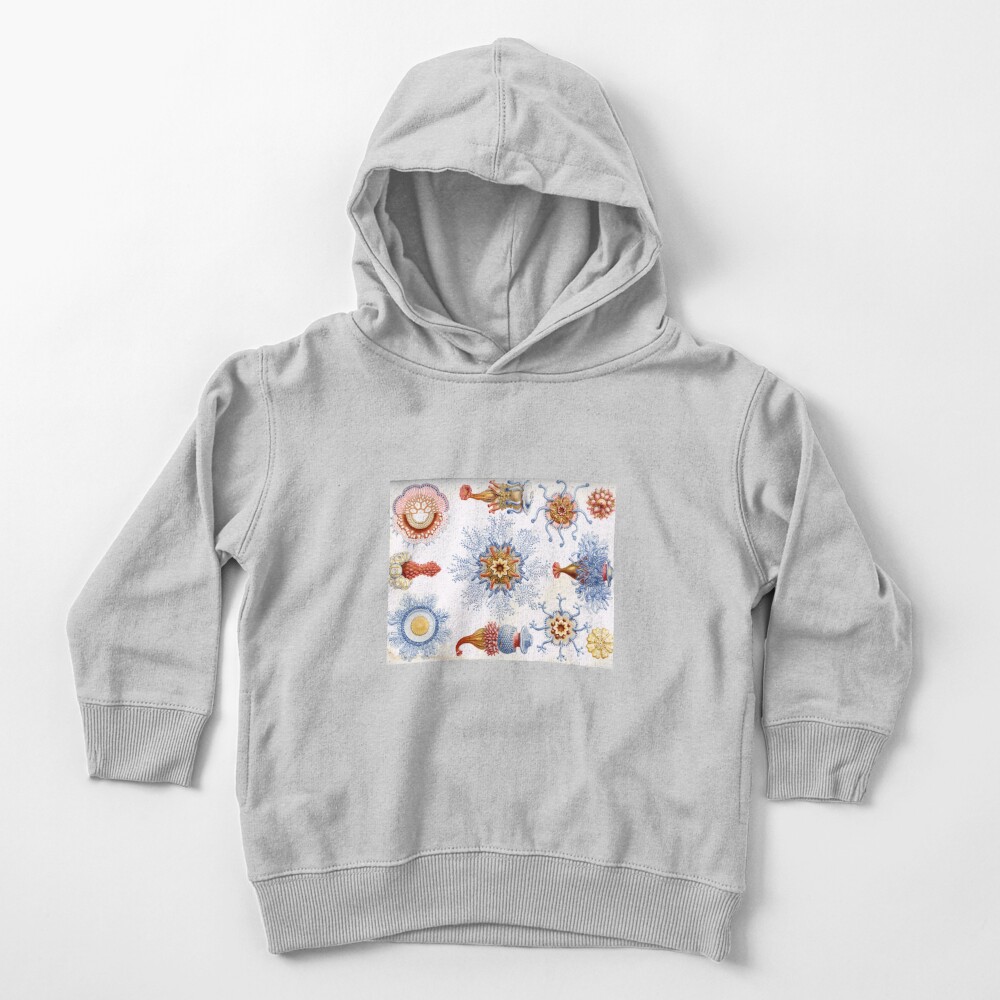



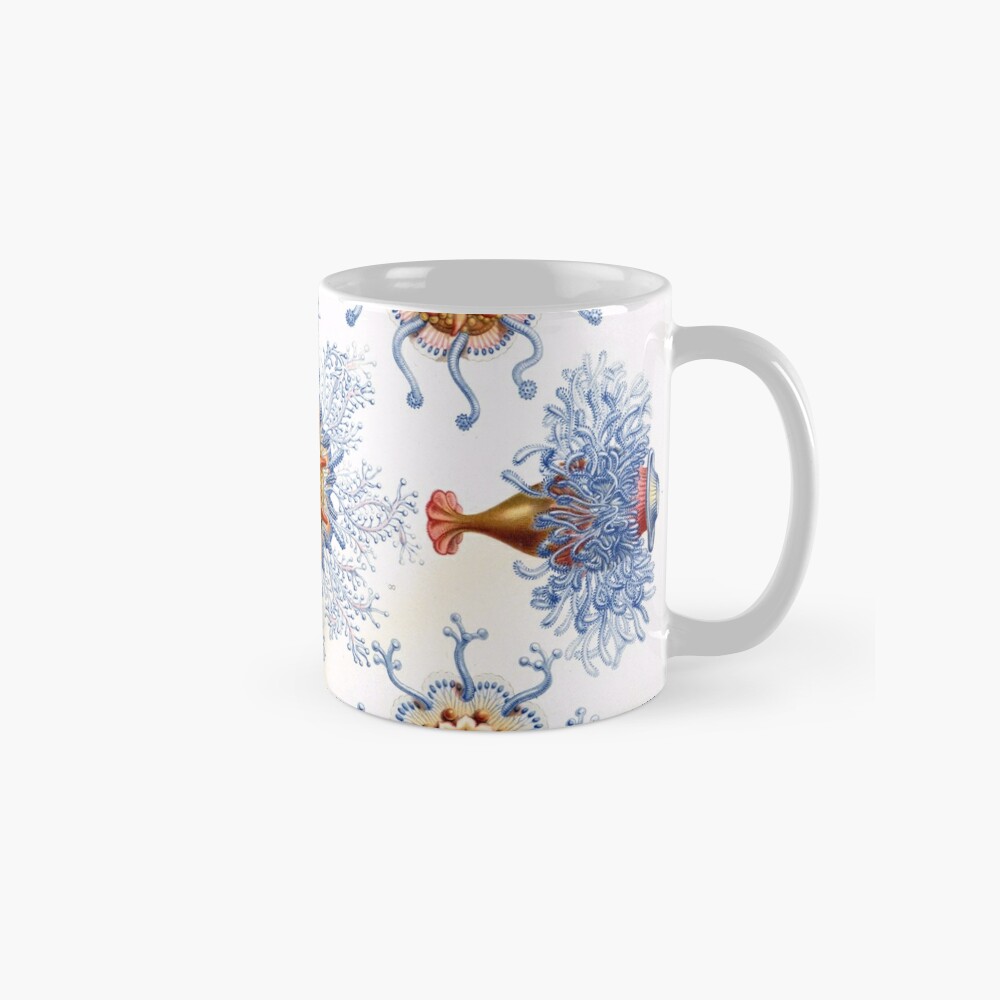

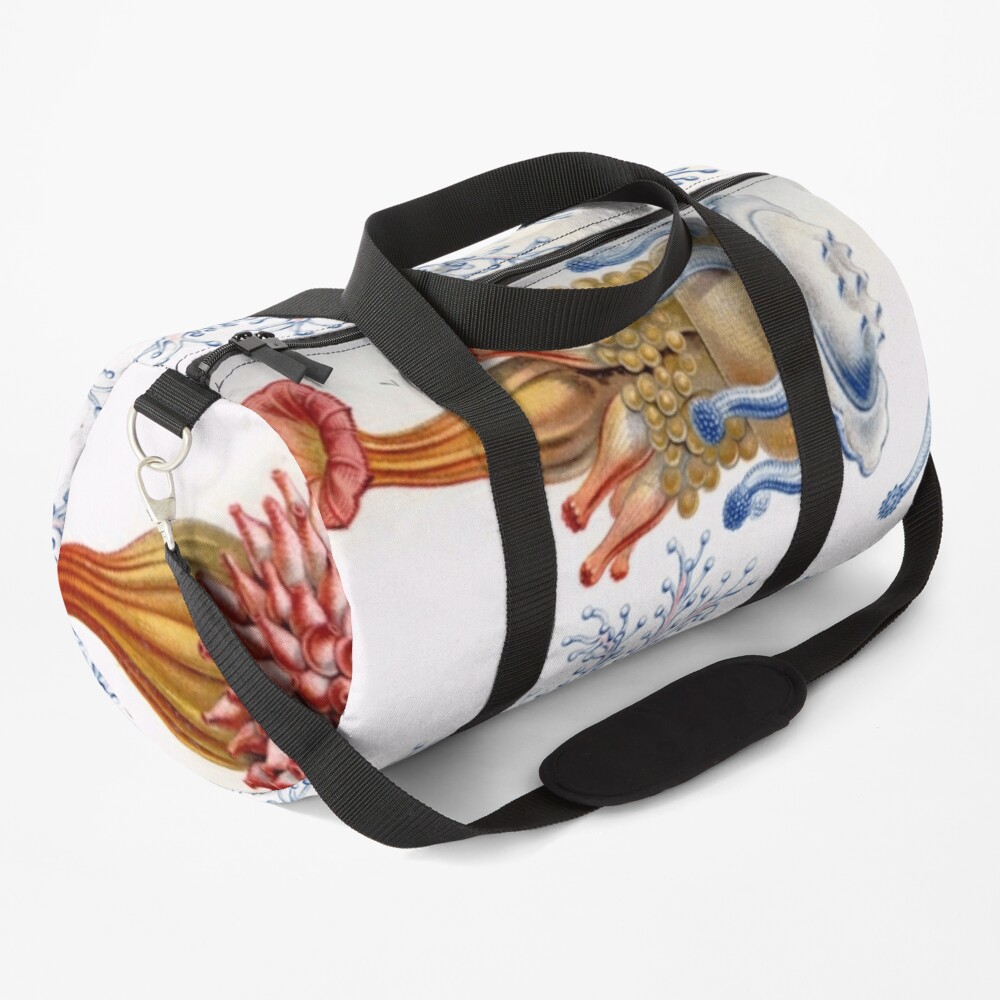
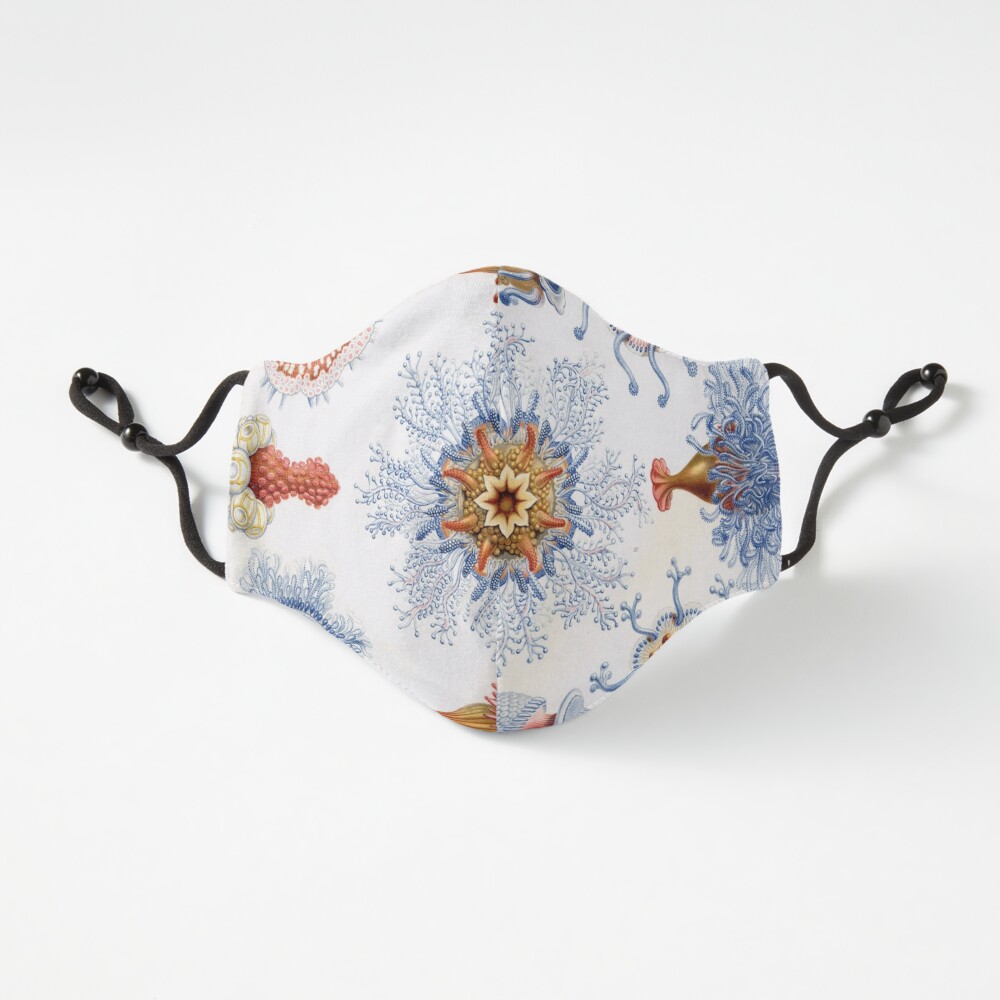
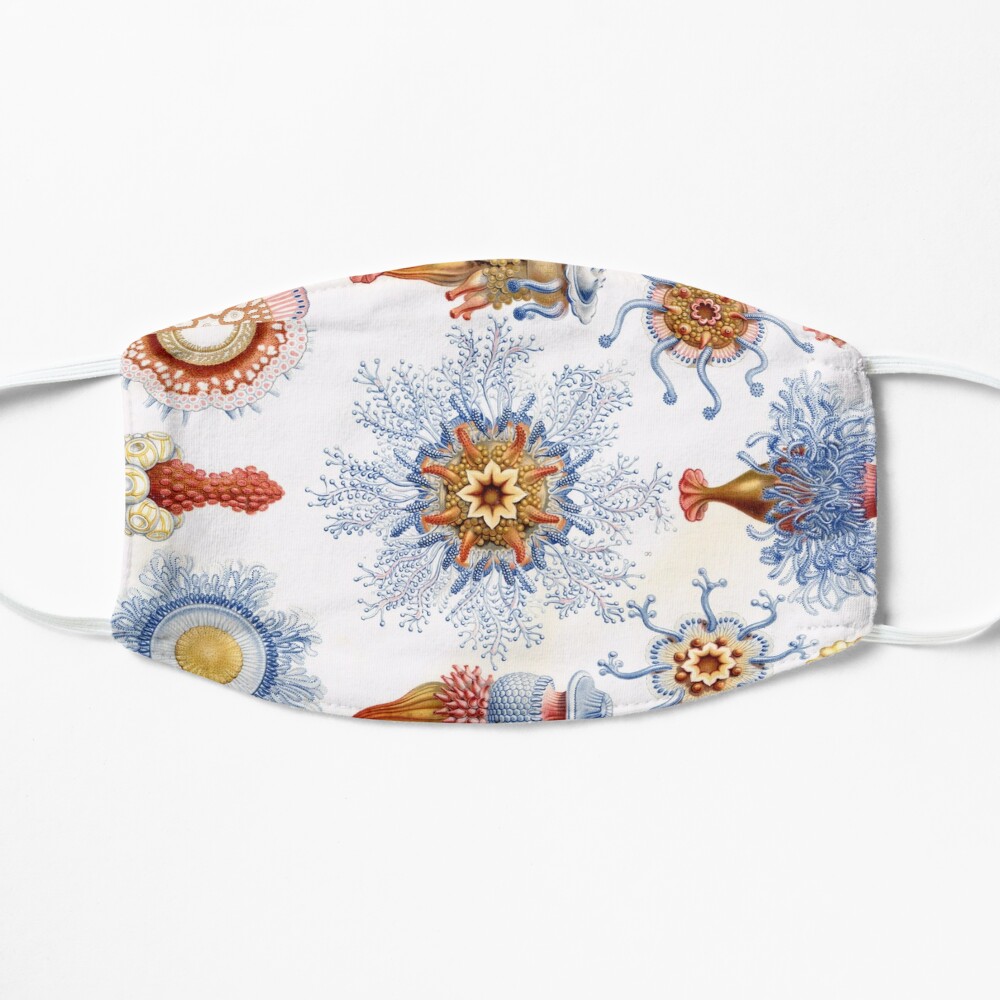
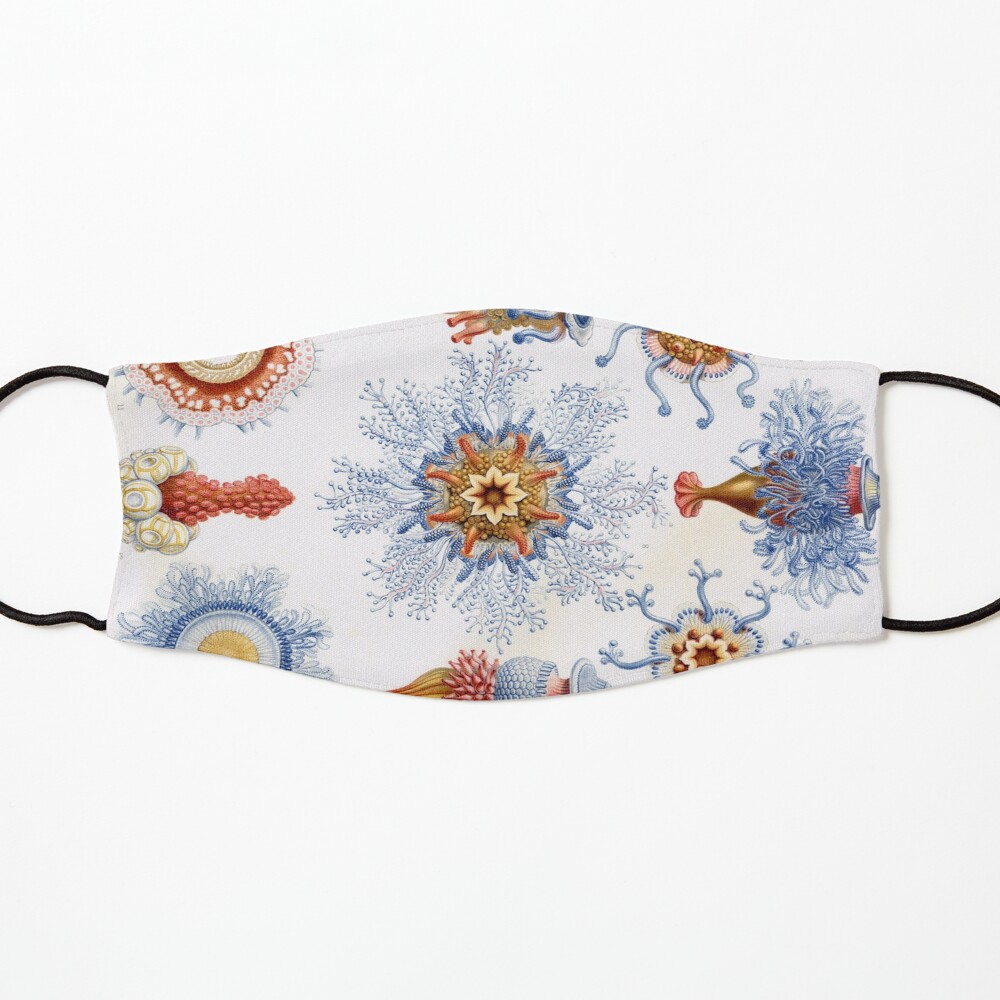






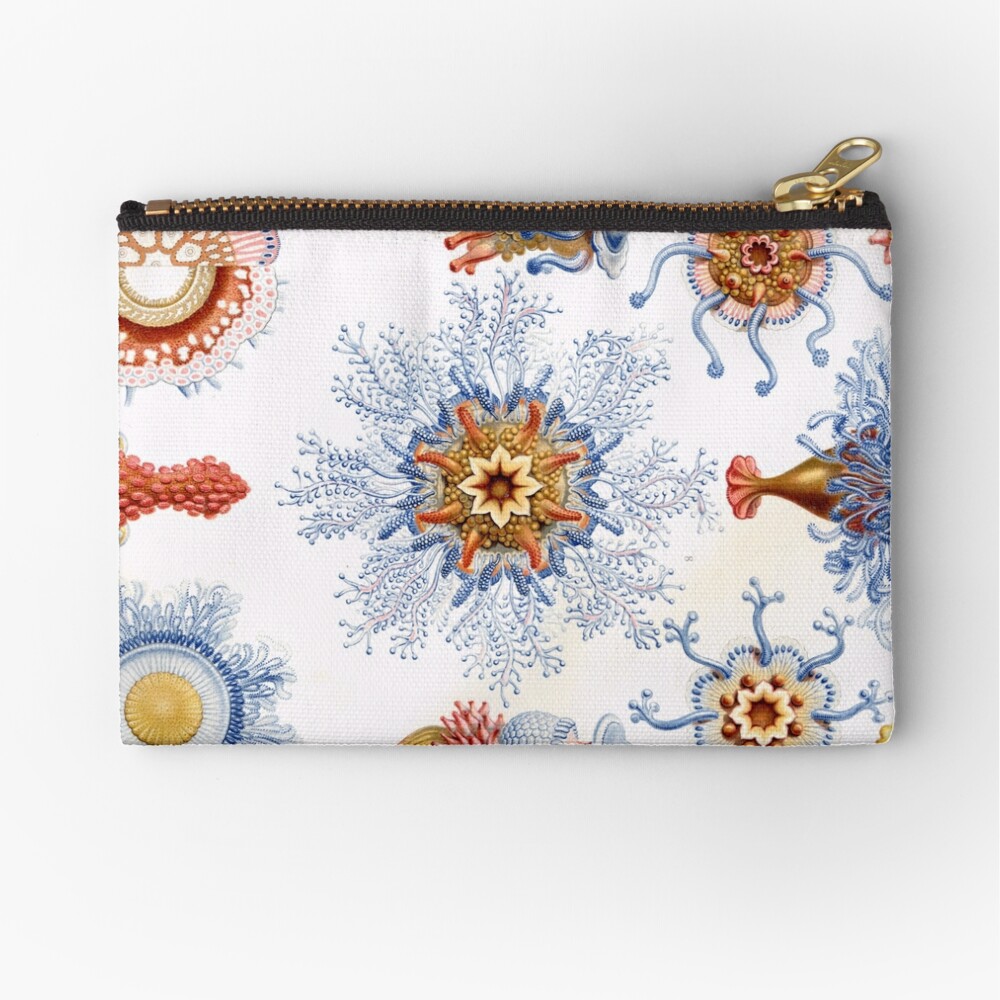



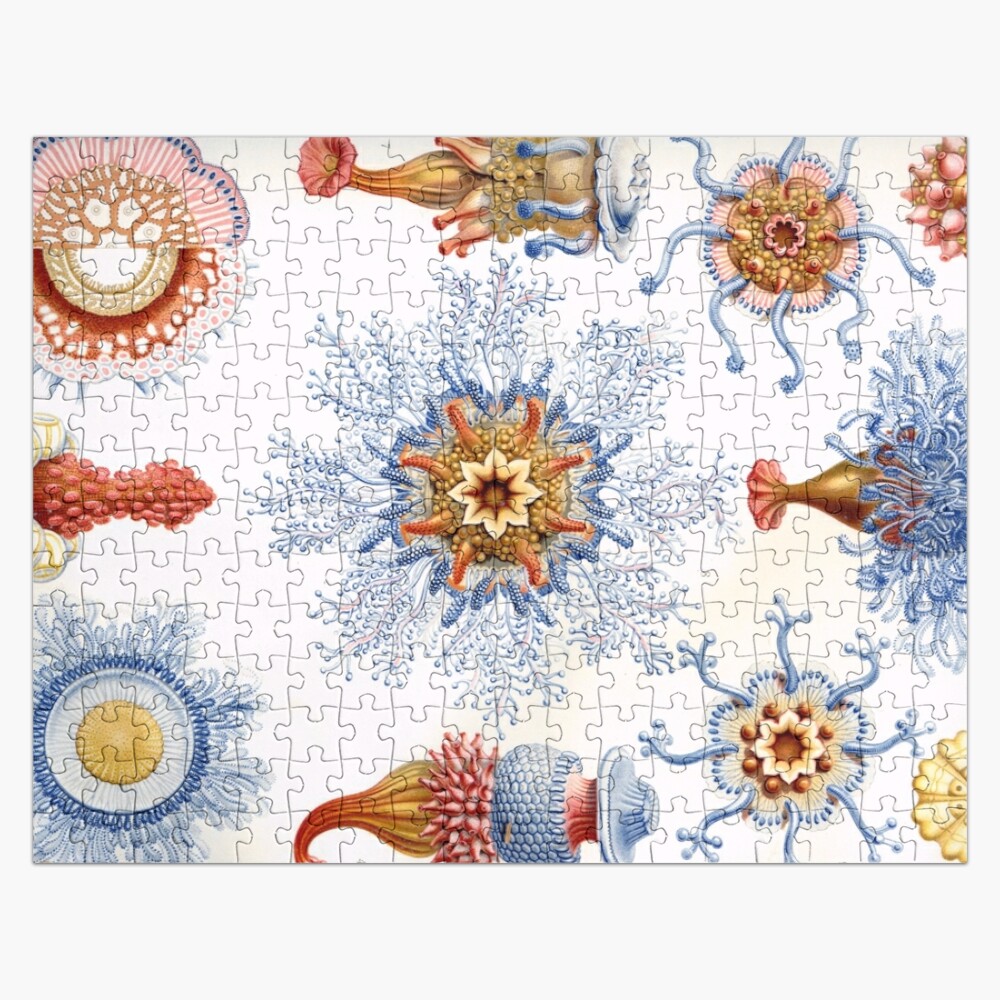


Siphonophorae (from Greek siphōn 'tube' + pherein 'to bear') is an order of Hydrozoans, a class of marine organisms belonging to the phylum Cnidaria. According to the World Register of Marine Species, the order contains 175 species.
ReplyDeleteAlthough a siphonophore may appear to be an individual organism, each specimen is in fact a colonial organism composed of medusoid and polypoid zooids that are morphologically and functionally specialized. Zooids are multicellular units that develop from a single fertilized egg and combine to create functional colonies able to reproduce, digest, float, maintain body positioning, and use jet propulsion to move. Most colonies are long, thin, transparent floaters living in the pelagic zone.
Like other hydrozoans, some siphonophores emit light to attract and attack prey. While many sea animals produce blue and green bioluminescence, a siphonophore was only the second life form found to produce a red light (the first one being the scaleless dragonfish Chirostomias pliopterus).